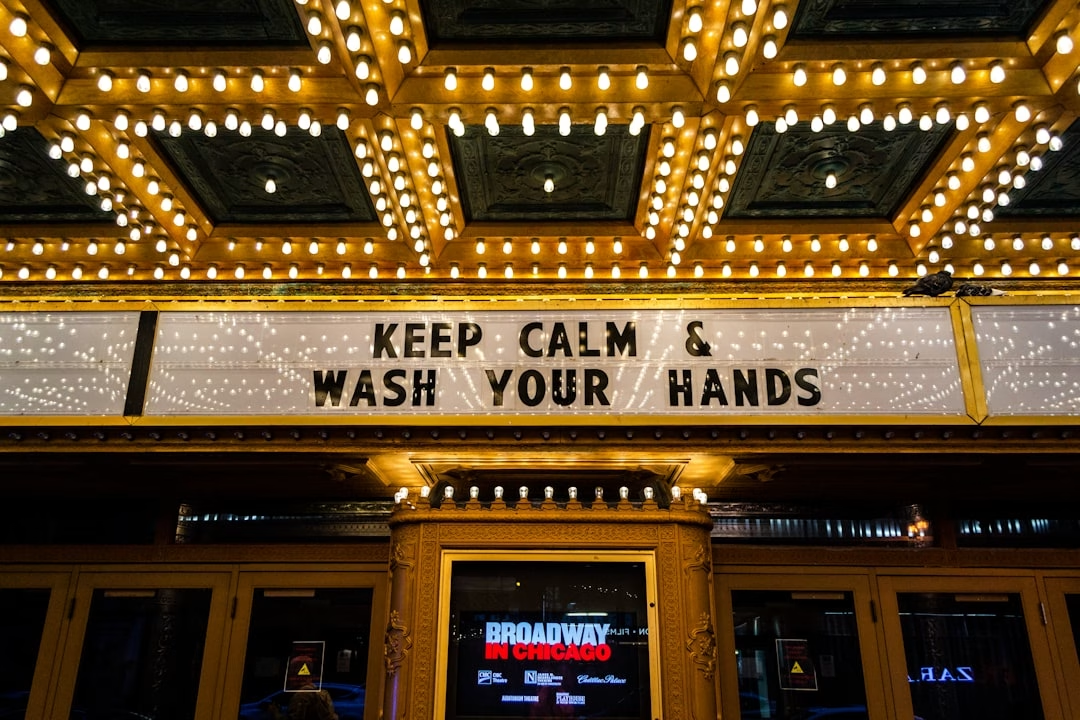Introduction
Hello! If there’s one thing I’ve learned from all my years as an avid movie fan, it’s the importance of video editing in cinematic storytelling. When you sit down to watch a movie, everything you see – the color grading, the cuts, the sound design – all contribute to the narrative. So how does video editing play into this? I’m glad you asked. Let’s dive in, shall we?
Video Editing: The Unsung Hero of Cinema
Before we look at its role, let’s first get to grips with what video editing is. At its core, it’s the process of manipulating and assembling video shots to create a new work. But it’s more than just combining clips – it’s an art form that can make or break a story.
- An edit can control how the audience feels during a particular scene. For instance, faster cuts can heighten tension, while slower cuts can evoke sadness. I’ll never forget a scene in “The Godfather” – the baptism scene. The editing is done in a way that intercuts between a peaceful ceremony and brutal murders. The contrast was chilling and genius.[1]
Video Editing and Storytelling
One of the beauties of editing is its power to shape the narrative. A scene can play out in many different ways depending on how the footage is edited. There are hundreds of ways a story can be told, and each one can evoke completely different responses from the audience.
- [1] Bordwell, D. (2006). “The Way Hollywood Tells It”. University of California Press.
- [2] Bordwell, D., & Thompson, K. (2010). “Film Art: An Introduction”. McGraw-Hill.
Chat with you next time!
- The movie “Memento” is a prime example of this. The movie is mainly told in reverse order, something that could only be achieved through careful editing. The storyline became a puzzle for the audience to solve, making the watching experience more interactive.[2]
Conclusion
In conclusion, video editing is essential in storytelling within cinema. It is a craft that can transform footage into a compelling narrative. Whether you’re an aspiring editor or a devoted movie viewer, understanding this process can drastically change how you view films and their stories. Keep it mind next time you have a movie night-it will definitely give you something to chat about!
References:
- [1] Bordwell, D. (2006). “The Way Hollywood Tells It”. University of California Press.
- [2] Bordwell, D., & Thompson, K. (2010). “Film Art: An Introduction”. McGraw-Hill.
Chat with you next time!
